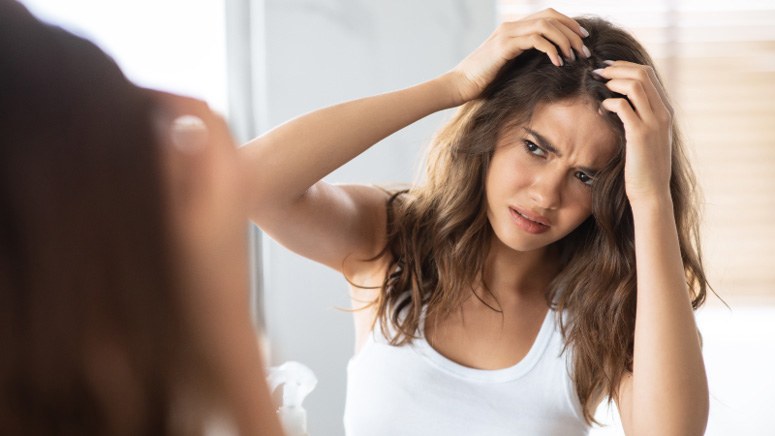Risks for Using Keratin Treatment for Thin Hair

Consult your hairdresser, study the box, and do some online research before getting keratin treatment at home or at a salon. Additionally, you may check the safety of certain items and chemicals using a website like the Environmental Working Group.
Remember that keratin comes naturally from both people and animals, which is why many businesses label keratin treatments for hair as safe. But hazardous substances like formaldehyde are also used in keratin treatments. Many keratin hair treatments contain concentrations that, according to regulatory bodies for cosmetic items, are far above what is deemed safe.
What’s worse is that manufacturers often rename formaldehyde when they combine it with other chemicals like water, so it’s not usually listed as an ingredient in these products. For both you and hair stylists who are frequently exposed to these products, too much formaldehyde can be hazardous.
Additionally, keratin treatments could itch your skin and result in other skin reactions. Supplements containing more keratin are not subject to FDA regulation like over-the-counter and prescription drugs are.
In a 2020 research When treating keratin hair, those with sensitive skin run the danger of developing contact dermatitis and edema, according to the Journal of Cosmetic Dermatology [4]. It’s likely that formaldehyde or other substances are to blame for this.
Additional negative consequences of keratin treatments include
- a searing feeling during application
- a potent odor during use













